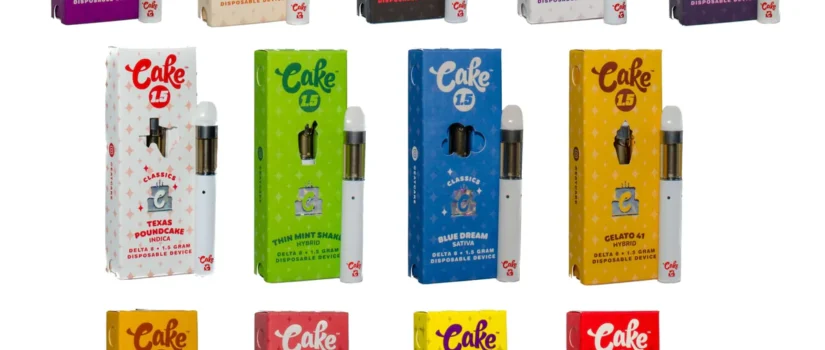Vaping Unveiled: Exploring the Facts, Myths, and Trends
Introduction: In recent years, vaping has taken the world by storm, transforming the way people approach smoking and nicotine consumption. While Cake Disposables Vaps offers an alternative to traditional cigarettes, it has also sparked debates and controversies. In this article, we’ll delve into the world of vaping, shedding light on its origins, addressing common myths, and exploring the latest trends that are shaping the industry.
The Origins of Vaping
Vaping, short for vaporization, involves inhaling vapor produced by an electronic device that heats a liquid solution. The concept of vaporizing substances dates back to ancient times, but the modern e-cigarette as we know it was developed in the early 2000s by a Chinese pharmacist named Hon Lik. He sought an alternative to smoking that would eliminate many of the harmful toxins associated with traditional cigarettes.
Vaping vs. Smoking: Debunking Myths
- Less Harmful Alternative: One of the most prominent myths is that vaping is completely harmless. While it’s generally agreed that vaping is less harmful than smoking traditional cigarettes due to the absence of tobacco combustion, it’s not entirely risk-free. E-cigarettes still deliver nicotine, which is addictive, and the long-term health effects of vaping are still being studied.
- Gateway to Smoking: Some critics argue that vaping serves as a gateway to traditional smoking, especially among young people. While there is evidence that vaping can lead to cigarette use, it’s crucial to distinguish between correlation and causation. Many factors contribute to tobacco use initiation.
- Secondhand Vapor: Another myth involves the dangers of secondhand vapor. While e-cigarette vapor may contain fewer harmful chemicals than tobacco smoke, it’s not entirely benign. Research suggests that exposure to e-cigarette aerosol may have health implications, especially for vulnerable populations.
- Helping Smokers Quit: Vaping is often promote as a smoking cessation tool. While some smokers have successfully transitioned to vaping to reduce or quit smoking, it’s important to note that vaping is not an FDA-approved smoking cessation method.
Trends Shaping the Industry
- Flavor Diversity: Vape liquids come in a wide range of flavors, from traditional tobacco and menthol to fruit, dessert, and beverage-inspired options. Flavor diversity has played a significant role in attracting users, particularly young adults.
- Pod Systems: Pod-based vaping devices have gained popularity due to their compact design and user-friendly operation. These devices often use nicotine salts, which deliver nicotine more efficiently and offer a smoother experience.
- Regulation and Safety: As the vaping industry has expanded, governments worldwide have implemented regulations to address concerns about marketing to minors, product safety, and ingredient transparency.
- Harm Reduction Discussions: Researchers, public health officials, and advocates are engaging in discussions about harm reduction strategies. While the focus is on adult smokers seeking alternatives, ensuring that youth are not inadvertently target remains a critical concern.
Conclusion
Vaping has undeniably transformed the landscape of nicotine consumption, offering a potentially less harmful alternative to traditional smoking. However, it’s essential to approach Cake Disposables Vaps with an informed perspective, acknowledging both its potential benefits and risks. As the industry continues to evolve, it’s crucial to prioritize research, regulations, and responsible marketing practices to ensure that vaping remains a viable option for adults seeking to transition away from traditional cigarettes while safeguarding the health of future generations.

